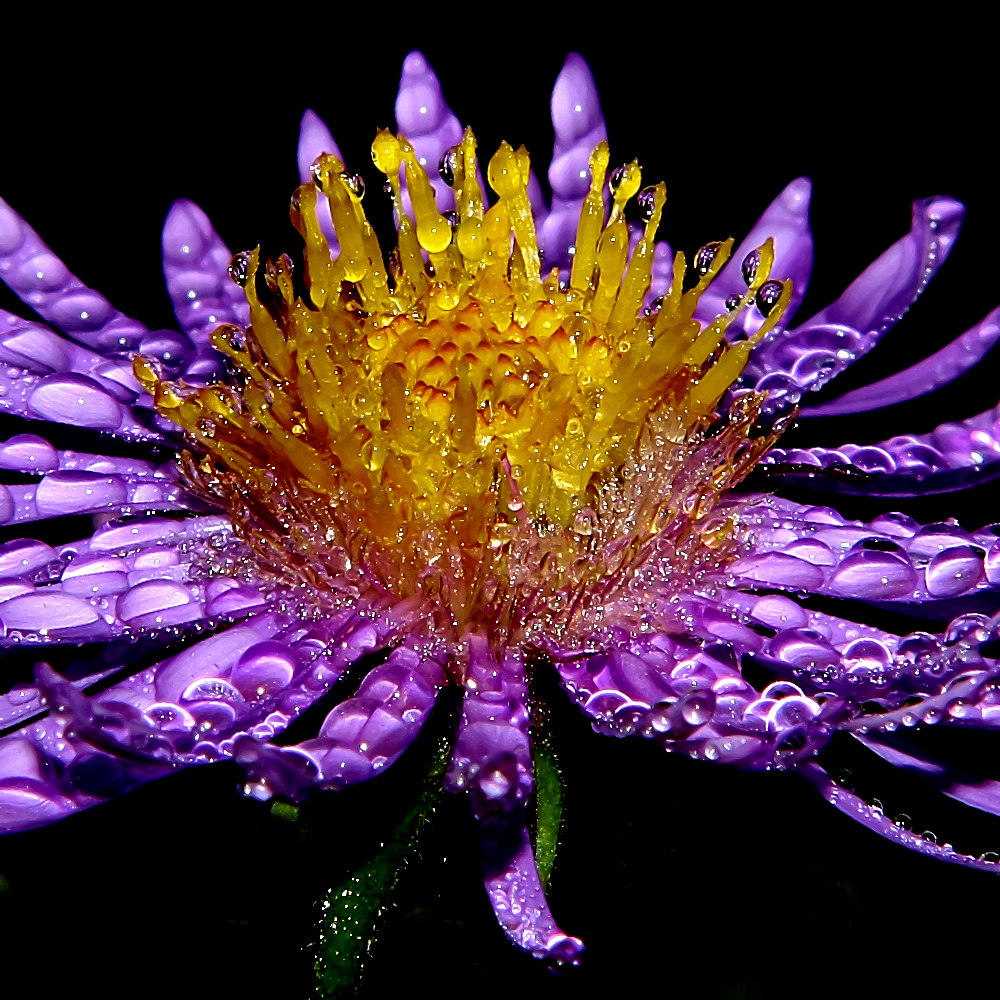Flowers make it rain (and then some)
 The Amazon rainforest—with its millions of creaking, chirping and buzzing insects, sticky frogs, vibrant birds, and unique fish—may owe its diversity primarily to flowers, said researchers from the University of Chicago. And, they say, just as flowering plants formed the building block of biodiversity in this region, their removal could result in a cascade of declining diversity.
The Amazon rainforest—with its millions of creaking, chirping and buzzing insects, sticky frogs, vibrant birds, and unique fish—may owe its diversity primarily to flowers, said researchers from the University of Chicago. And, they say, just as flowering plants formed the building block of biodiversity in this region, their removal could result in a cascade of declining diversity.
According to authors Kevin Boyce and Jung-Eun Lee of a study published online in Proceedings of the Royal Society: Biological Sciences, if flowering plants in tropical South America were replaced with nonflowering vegetation, the rainy conditions of the forest would be reduced by 20 percent:
“Tropical South America would be both hotter and drier without angiosperm [flowering plant] forests—in line with the climate change expected to accompany the current anthropogenic degradation of rainforest vegetation.” The researchers reported that deforestation and other means of forest degradation could lead to hotter, drier conditions in South America, just as increased flowering led to wetter conditions originally.
Flowering plants, as the scientists discovered, likely caused an increase in biodiversity in the Amazon basin. Flowers have a higher rate of transpiration, the plant equivalent of sweating, which leads to an increase in water vapor and eventually precipitation. As flowering plants emerged around the Cretaceous period, the authors suggest that the elevated precipitation led to an increase in plant abundance and diversity. With the variations in plant species came the arrival of unique insects, birds and amphibians to feed on and inhabit the plants. And the abundance of foliage led to even higher levels of precipitation—cycling on to eventually form the rainforest.
However, as forest degradation—and with it the destruction of flowering plants–continues in today’s Amazon, this cycle is at risk of breaking down. This is not to say that the Amazon would turn into a desert—“ever-wet rainforest would exist in tropical South America with or without the angiosperms, but the area of ever-wet conditions is dramatically increased with their presence,” as the authors put it—its fertility, is made possible by the abundance of flowering plant life.
Boyce, C., & Lee, J. (2010). An exceptional role for flowering plant physiology in the expansion of tropical rainforests and biodiversity Proceedings of the Royal Society B: Biological Sciences DOI: 10.1098/rspb.2010.0485